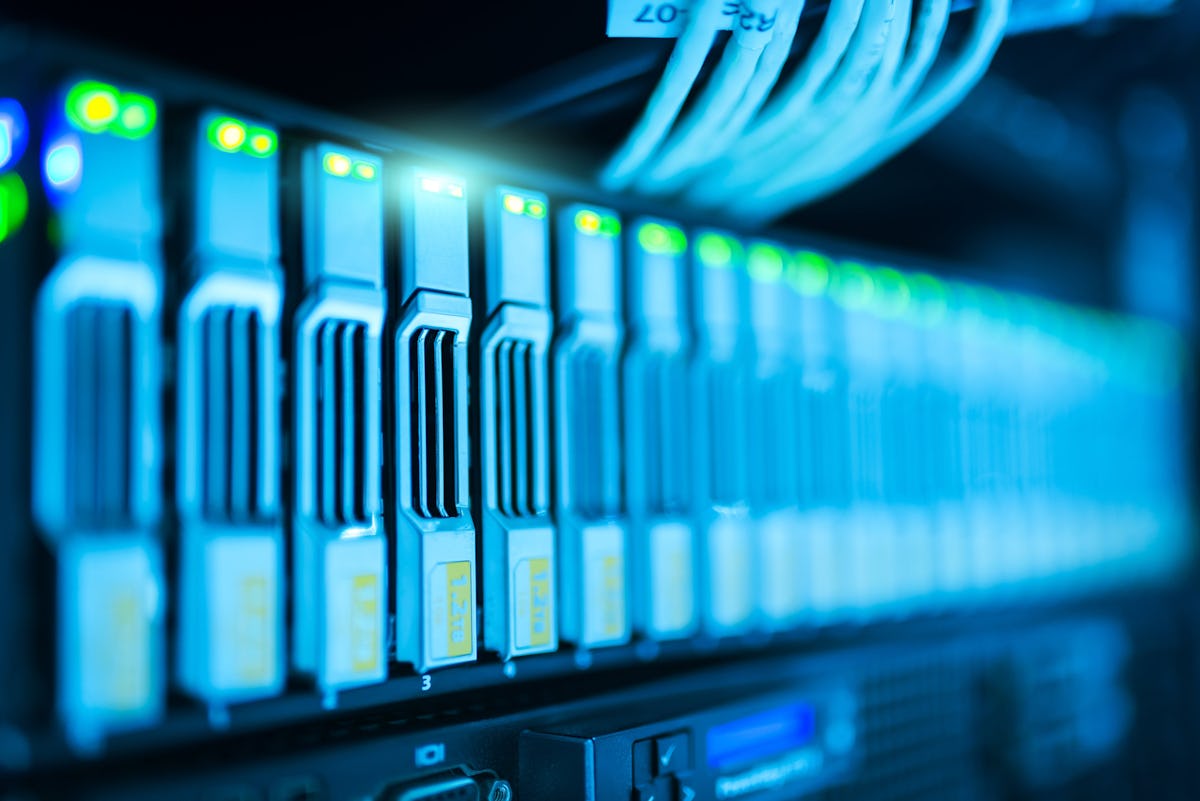1. Cybercrime and ransomware attacks
Cybercrime is any criminal activity that involves a computer, network, or the internet. Examples of cybercrime include identity theft, online scams, phishing, online fraud, cyberstalking, cyberbullying, copyright infringement, and computer intrusions.
Ransomware attacks are malicious cyberattacks that use ransomware—malicious software that encrypts data and restricts access to it—to demand a ransom payment in order to regain access. Ransomware attacks can be targeted at individuals, businesses, or government organizations, and can have devastating consequences.
2. IoT security breaches
IoT security breaches are any malicious activity that exploits vulnerabilities in the network or devices used for IoT systems. These breaches can range from malicious actors gaining access to private data stored on devices to hackers exploiting security flaws to gain control of an IoT device or system. Common types of IoT security breaches include Distributed Denial of Service (DDoS) attacks, data breaches, malicious code injection, and device hijacking.
3. Cloud security vulnerabilities
a. Data Breaches: Data breaches are one of the most common cloud security vulnerabilities, as they can occur when an attacker gains unauthorized access to an organization’s cloud-based data.
b. Insufficient Access Control: Insufficient access control can lead to attackers gaining access to sensitive data, systems, and applications.
c. Unpatched Software: Unpatched software can make it easier for attackers to exploit known vulnerabilities and gain access to cloud-based data.
d. Insecure Interfaces and APIs: Insecure interfaces and APIs can also make it easier for attackers to gain access to cloud-based systems and data.
e. Malicious Insiders: Malicious insiders can access cloud-based data, systems, and applications and use them for malicious purposes.
f. Account Hijacking: Account hijacking can occur when attackers gain access to user accounts and use them for malicious purposes.
g. Denial of Service (DoS) Attacks: DoS attacks can overwhelm cloud-based systems and applications and make them unavailable to legitimate users.
4. Automated attack tools
Automated attack tools are used to automate the process of attempting to breach a system's security. They are often used to automate the process of carrying out malicious activities, such as brute-forcing passwords, launching denial-of-service attacks, and scanning for vulnerabilities. These tools typically allow users to customize their attacks to target specific systems, services, and protocols. Additionally, some tools can be used to monitor and analyze network traffic for malicious activity.
5. Data privacy and protection
a. Ensure Your Data is Encrypted: Make sure that the data you are collecting is encrypted and secure. Use encryption methods such as Transport Layer Security (TLS), Secure Sockets Layer (SSL), and other encryption protocols.
b. Use Access Controls: Implement access controls to ensure that only authorized personnel can access sensitive data.
c. Implement Data Retention Policies: Establish and enforce data retention policies to ensure that data is not kept longer than necessary.
d. Limit Data Collection: Collect only the data that is necessary and avoid collecting and storing unnecessary personal data.
e. Monitor Data Usage: Monitor the way data is used to make sure it is being used for the intended purpose.
f. Monitor System Security: Monitor your systems regularly for any changes or suspicious activity.
g. Educate Employees: Make sure your employees understand the importance of data privacy and the steps they need to take to protect it.
6. AI and machine learning security
a. Use secure coding practices: Implement secure coding practices to ensure that the AI and machine learning algorithms are secure and protected.
b. Use encryption: Encryption is key to protecting data from being stolen or manipulated. Encrypt all data and communications associated with your AI and machine learning implementations.
c. Monitor access: Monitor access to the AI and machine learning systems. Restrict access to only approved users and set up alerts if any suspicious activity is detected.
d. Implement data security policies: Create and implement data security policies that outline how data should be handled, stored and protected.
e. Train employees: Train employees on how to properly use and protect AI and machine learning systems.
f. Use firewalls: Firewalls can help protect against malicious attacks and protect data from being accessed by unauthorized users.
7. Cryptocurrency security
a. Use a secure wallet: The most important way to secure cryptocurrency is to use a secure wallet. A secure wallet is a digital wallet that has been designed to securely store your private keys, which are the cryptographic keys that enable you to access your cryptocurrency. A secure wallet should be backed up, use two-factor authentication for login, and be stored offline.
b. Use cold storage: Cold storage is a method of storing cryptocurrency in an offline environment, such as a USB drive or hardware wallet. By storing your private keys offline, you are protecting them from malicious actors and hackers.
c. Use a multi-signature wallet: A multi-signature wallet requires more than one signature to authorize a transaction, making it more secure than a single-signature wallet. This can be done using a hardware wallet or a web-based wallet that supports multi-signature authentication.
d. Use a reputable exchange: When buying or selling cryptocurrency, it is important to use a reputable exchange that takes security seriously and has a good reputation. Exchanges should have features such as two-factor authentication, SSL encryption, and cold storage.
e. Use a reliable hardware wallet: Hardware wallets are physical devices that securely store your cryptocurrency and private keys
8. Quantum computing security
Quantum computing is secured through a combination of quantum cryptography, quantum key distribution, and quantum entanglement. Quantum cryptography uses quantum physics principles to encode and transmit information, making it virtually impossible for a third party to intercept or decipher. Quantum key distribution uses quantum entanglement to create a secure channel for data exchange, allowing for secure communication and data transfer without a third party. Finally, quantum entanglement is used to create a secure link between two parties, allowing for secure communication and data transfer without a third party.
9. Identity theft and fraud
a. Use surveillance systems and cameras to monitor employee activity.
b. Implement a strong password policy and regularly update passwords.
c. Use data encryption to secure personal and financial information.
d. Monitor activity on accounts, such as credit cards, bank accounts, and investments.
e. Employ software that detects suspicious activity and triggers alerts.
f. Track employee access to sensitive information.
g. Use data analytics to identify patterns and trends in fraudulent activity.
h. Run background checks on new hires.
i. Install anti-virus and malware protection on all computers and devices.
j. Implement two-factor authentication for online accounts.
10. Mobile security threats
a. Unsecured Wi-Fi: Unsecured Wi-Fi networks are a major threat to mobile security, as they can allow hackers to access your device and steal data.
b. Malware: Malware is a type of malicious software that can be installed on your device without your knowledge. It can steal passwords, track your activities, and even take control of your device.
c. Phishing: Phishing is a form of fraud in which hackers send emails or text messages pretending to be from a legitimate source, such as your bank or a credit card company. They then ask for personal information, such as your credit card number or account password.
d. Unauthorized Access: Unauthorized access occurs when someone gains access to your device without your permission. This can be done through physical access to the device or through remote access.
e. Unsecured Apps: Unsecured apps can be a major security threat, as they can contain malicious code or allow someone to gain access to your personal data. Be sure to only download apps from reputable sources.
f. Data Leakage: Data leakage occurs when sensitive data is sent over an unsecured connection or stored on an unsecured device.

